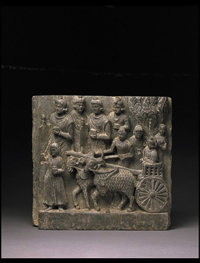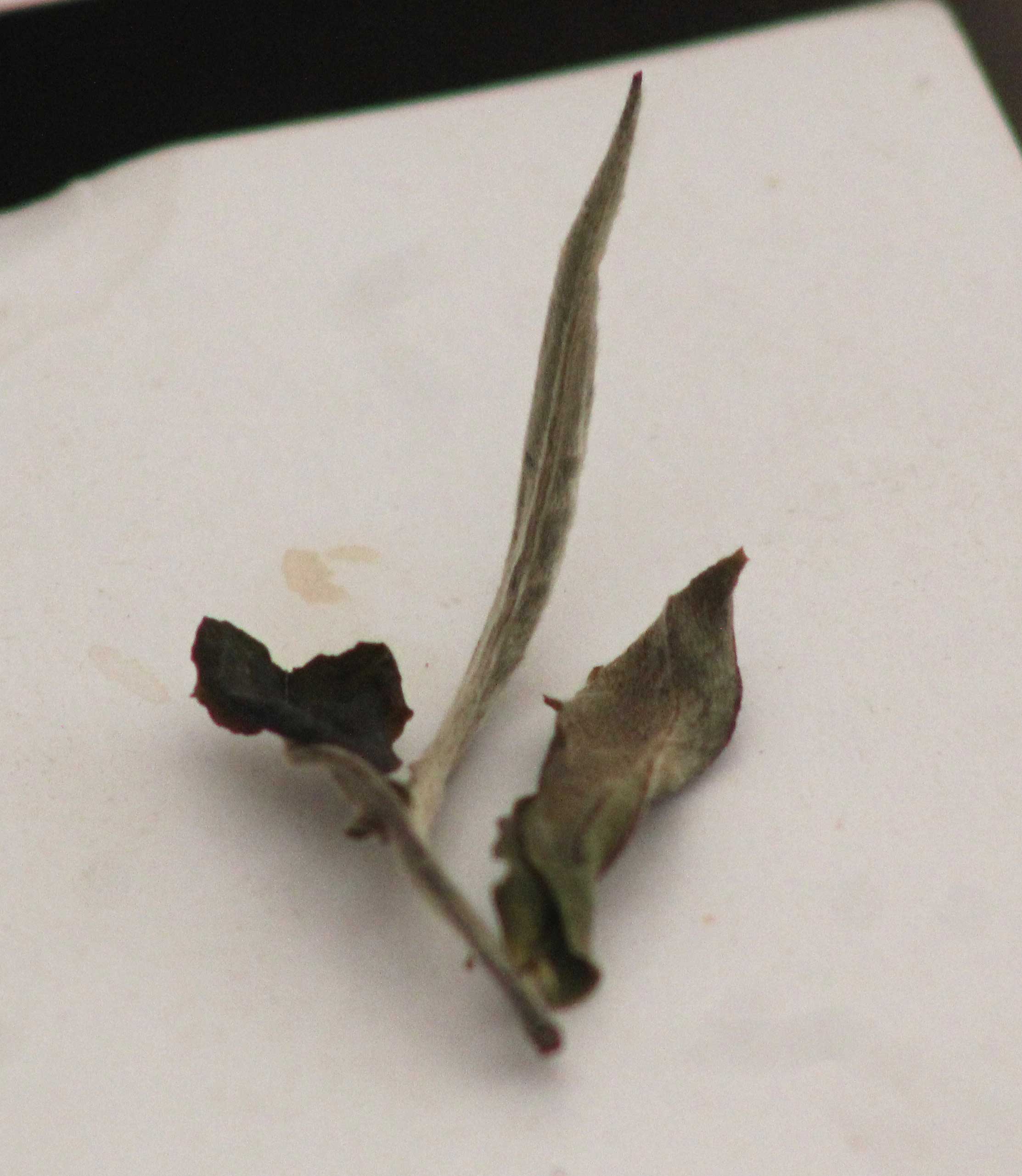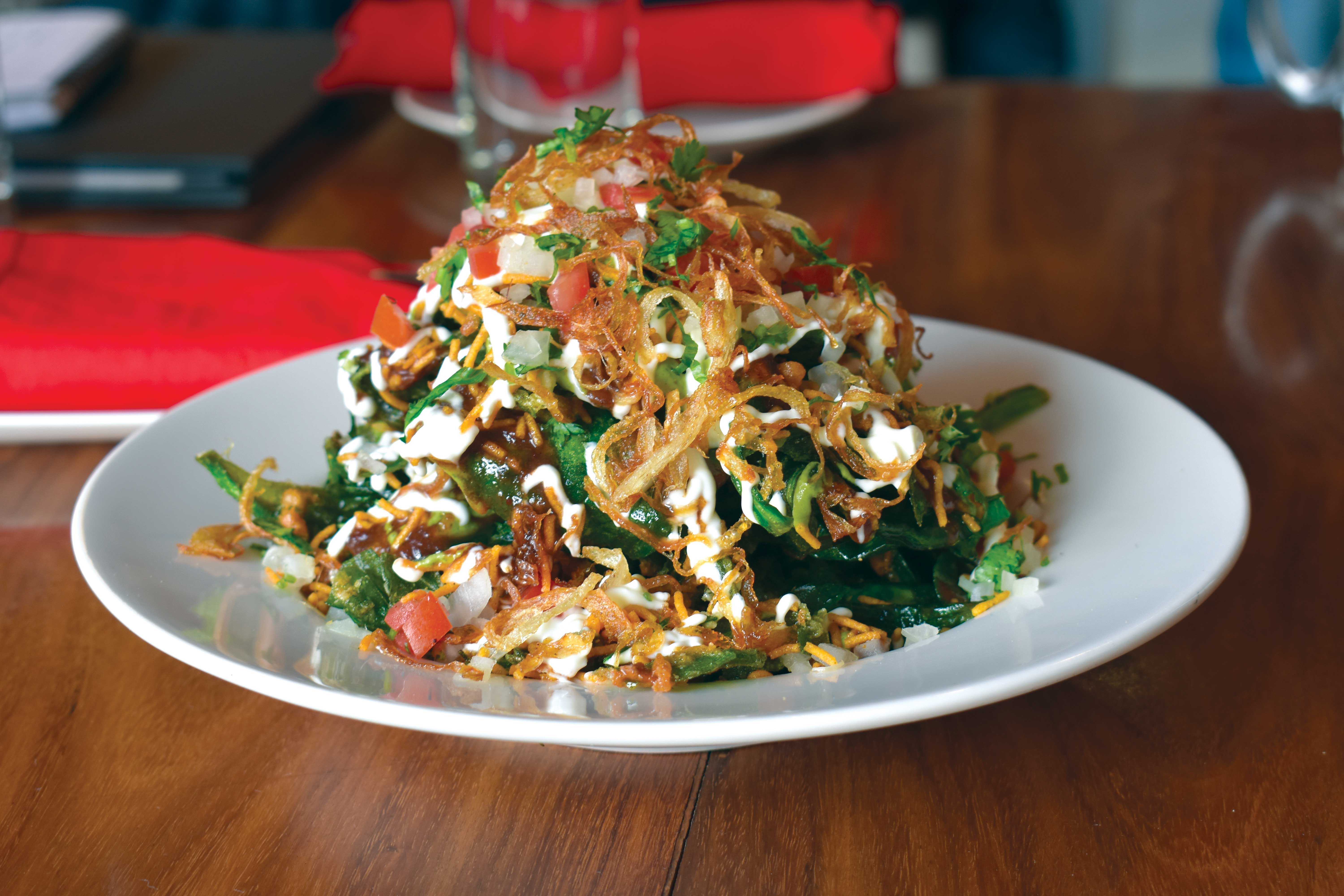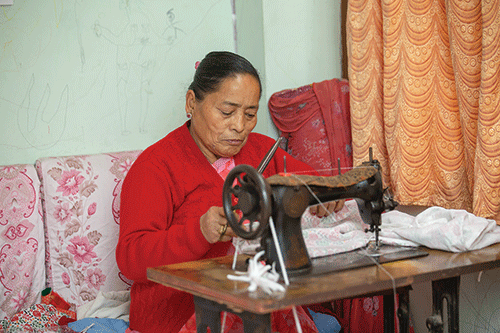The proof of the birth of the Buddha at Lumbini is well documented in many historical records. One such document which is very popular among scholars as well as increasingly among the public is the Travels of Fah-Hian and Sung-Yun to Lumbini in 400AD and 518AD. The Chinese pilgrims mention in their travel records that, “A few Li (old measurement-system) to the north–east of the city is the royal field, where the Prince, sitting underneath a tree, watched a ploughing match. Fifty Li to the east of the city is the royal garden, called Lumbini, it is here the Queen entered the bath to wash herself, and having come out on the northern side, advanced twenty paces, and then holding a branch of the (sala) tree in her hand, brought forth the prince.”
 This particular translation from Chinese was made by Samuel Beal and published in 1869 in London. The thing to take away from this is that the Buddha, in his youth, watched a ploughing match. The fact is that this is the Nepal Tourism Year, now, what will it take to restart the annual plough match and bullock cart races in and around Lumbini? Today, we continue to learn about the life and teachings of the Buddha through the magnificent stone art that have been uncovered and conserved from Gandhara. One of these pieces of stone art depicts the young Siddhartha going to school riding on a bullock cart. What is fascinating is that in Lumbini and the adjoining areas, this form of transport and means of ploughing the fields and threshing grains is still quite common.
This particular translation from Chinese was made by Samuel Beal and published in 1869 in London. The thing to take away from this is that the Buddha, in his youth, watched a ploughing match. The fact is that this is the Nepal Tourism Year, now, what will it take to restart the annual plough match and bullock cart races in and around Lumbini? Today, we continue to learn about the life and teachings of the Buddha through the magnificent stone art that have been uncovered and conserved from Gandhara. One of these pieces of stone art depicts the young Siddhartha going to school riding on a bullock cart. What is fascinating is that in Lumbini and the adjoining areas, this form of transport and means of ploughing the fields and threshing grains is still quite common.
Some things have not changed in 2600 years. For those interested, the Gandhara art piece and many similar pieces were unearthed by John Marshall who was Director General of the Archeological Survey of India in and after 1924. If you recall more recent events, numerous large and small Buddhist icons were destroyed by the Taliban. Being interested in history is really rewarding when you can make a mental map of what has changed and what has not changed. The children of Nawalparasi, Rupandehi and Kapilvastu have been witness to history for such a long time. For many of them, little has changed.
2011 is designated as Nepal Tourism Year and the number of people visiting the various “sacred” sites in the three terai districts with the archeological remains of the times when Siddhartha, his family and friends walked this land, will grow. Right now, visitors and pilgrims do not spend a lot of time here. Just as people visit a temple, they come, pray and make offerings and then leave. In order to help grow the local economy and generate the needed resources to conserve and develop the region, we could use “more and good” tourists.
One way to put Lumbini on the tourist map will be to have the annual race of the bulls and bullock carts and replay what Siddhartha and his friends did in their days. The ploughing competition could also be a great way to get young people interested to go back to farming. The competition could be tied with an agricultural fair that exhibits everything from seeds and technologies to a food festival of local dishes and drinks. It will be a great way not just to preserve a UNESCO World Heritage Site, but also to make it a living tradition.









